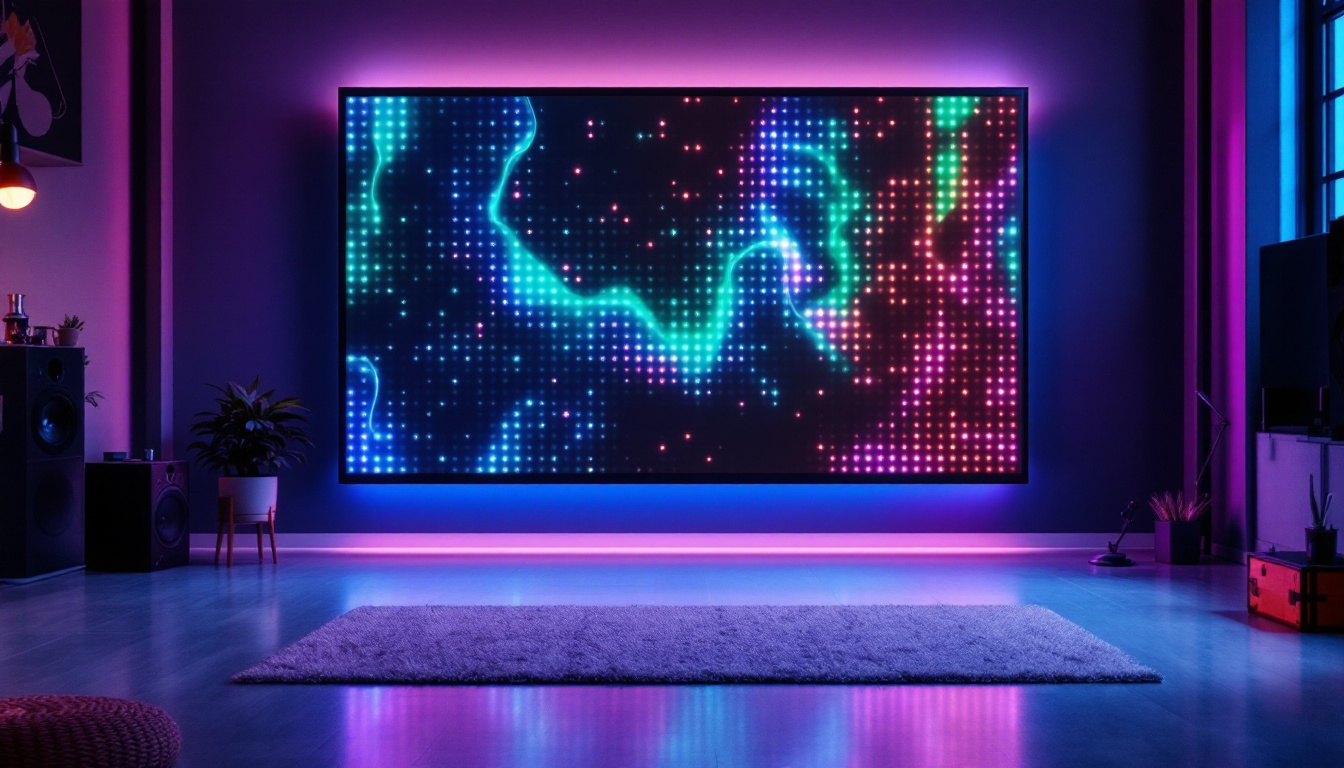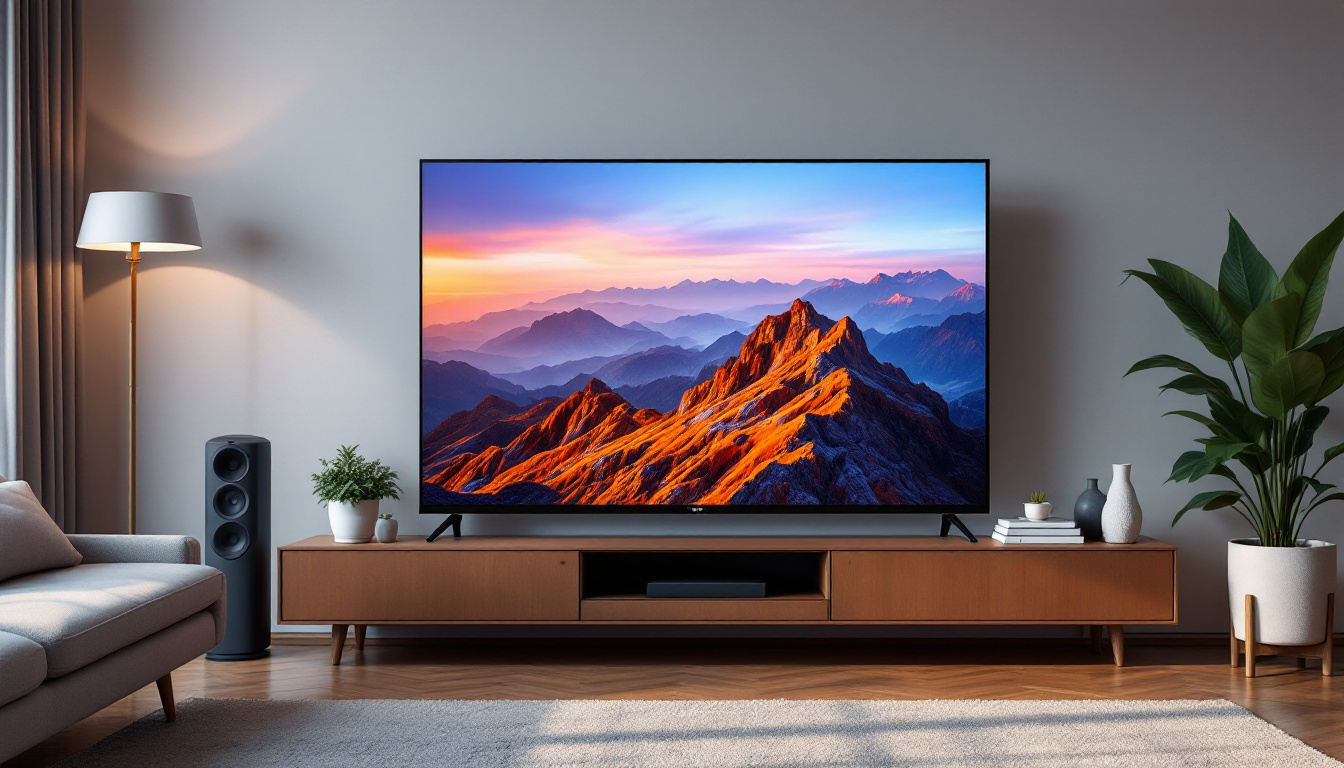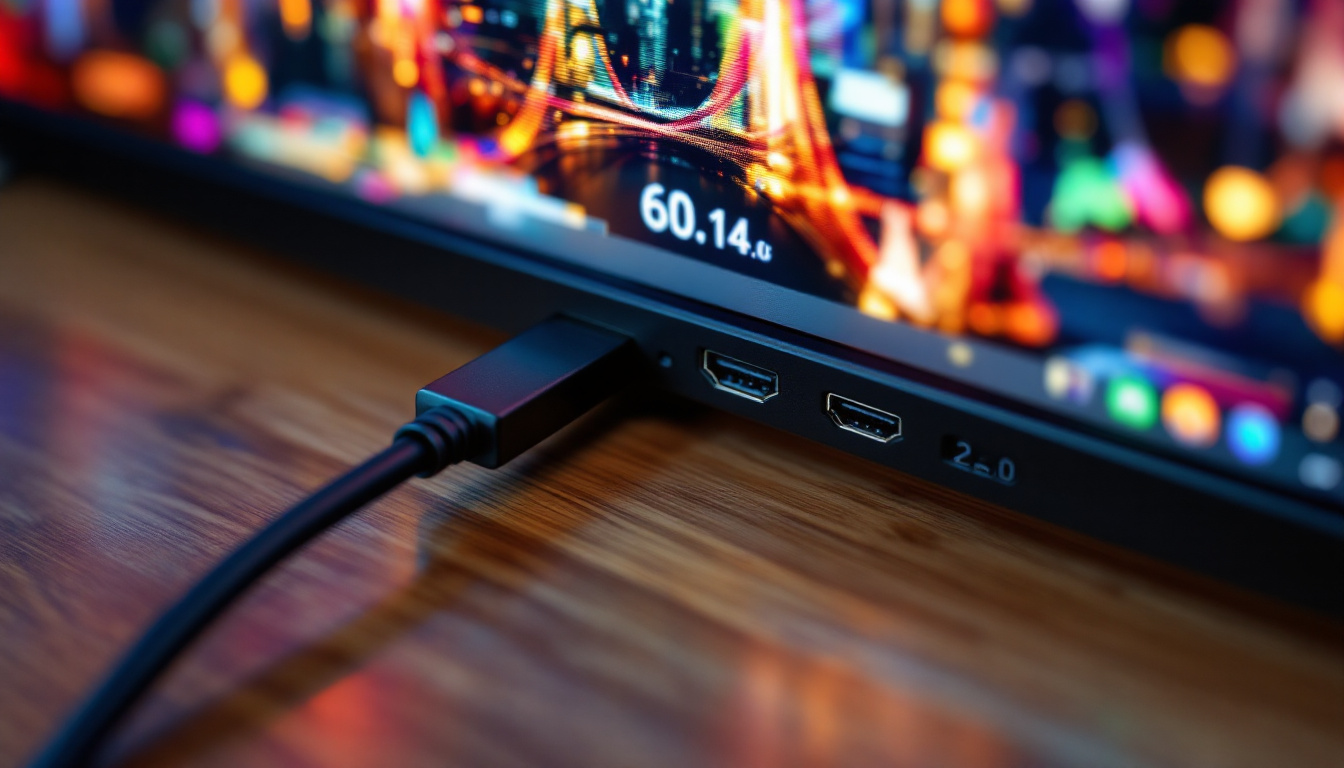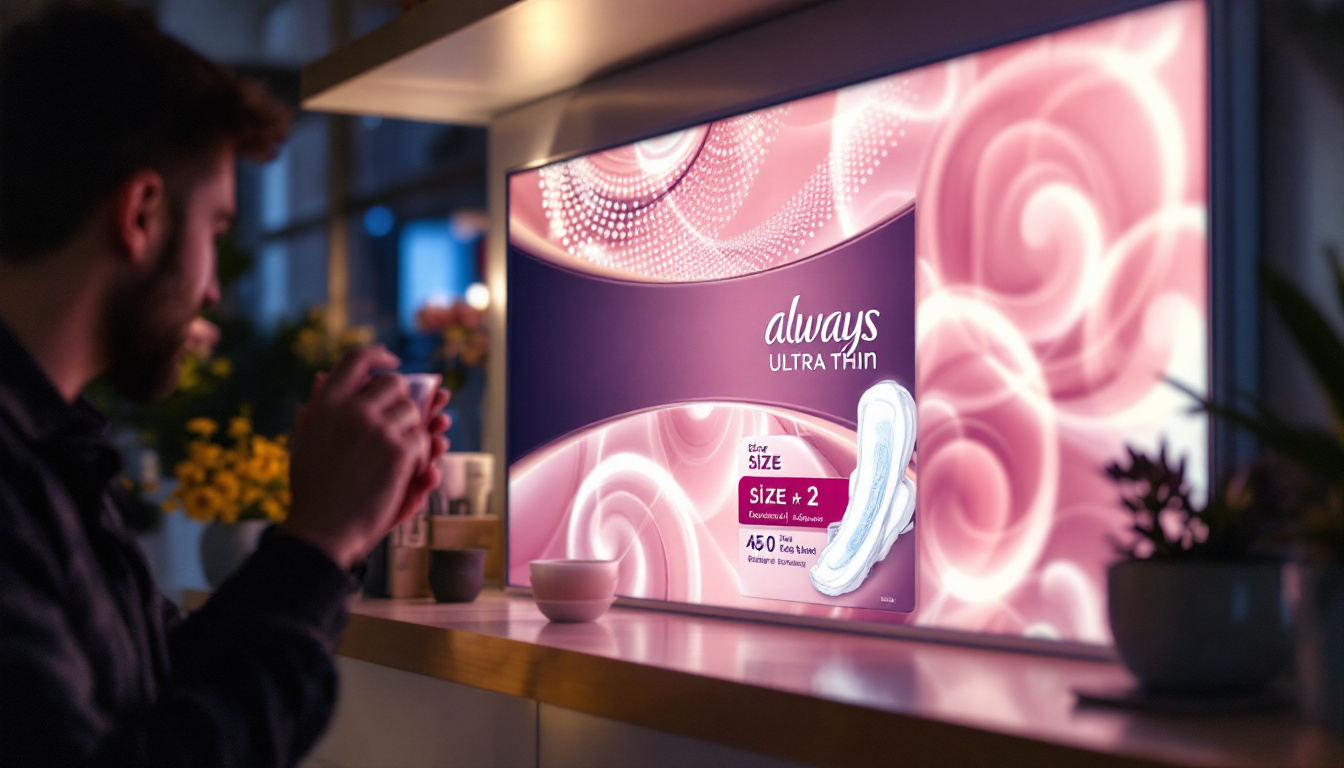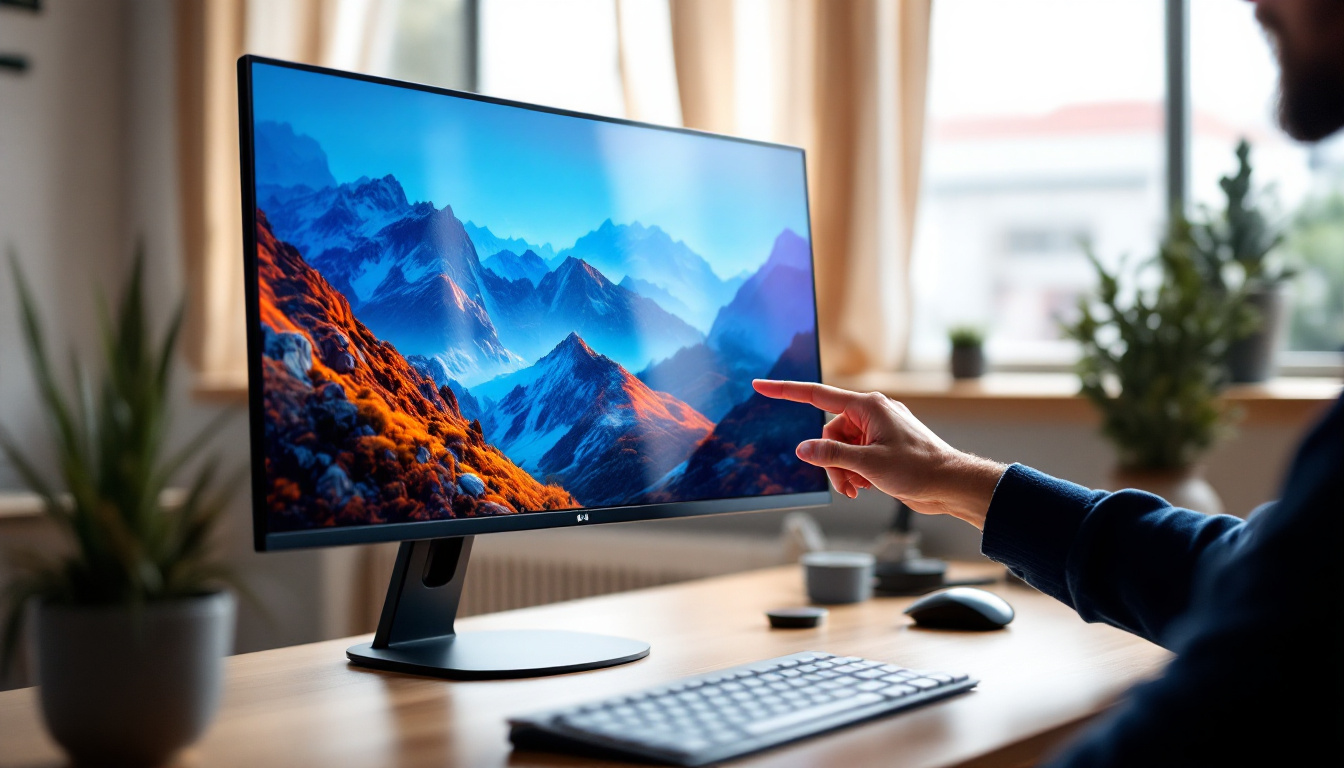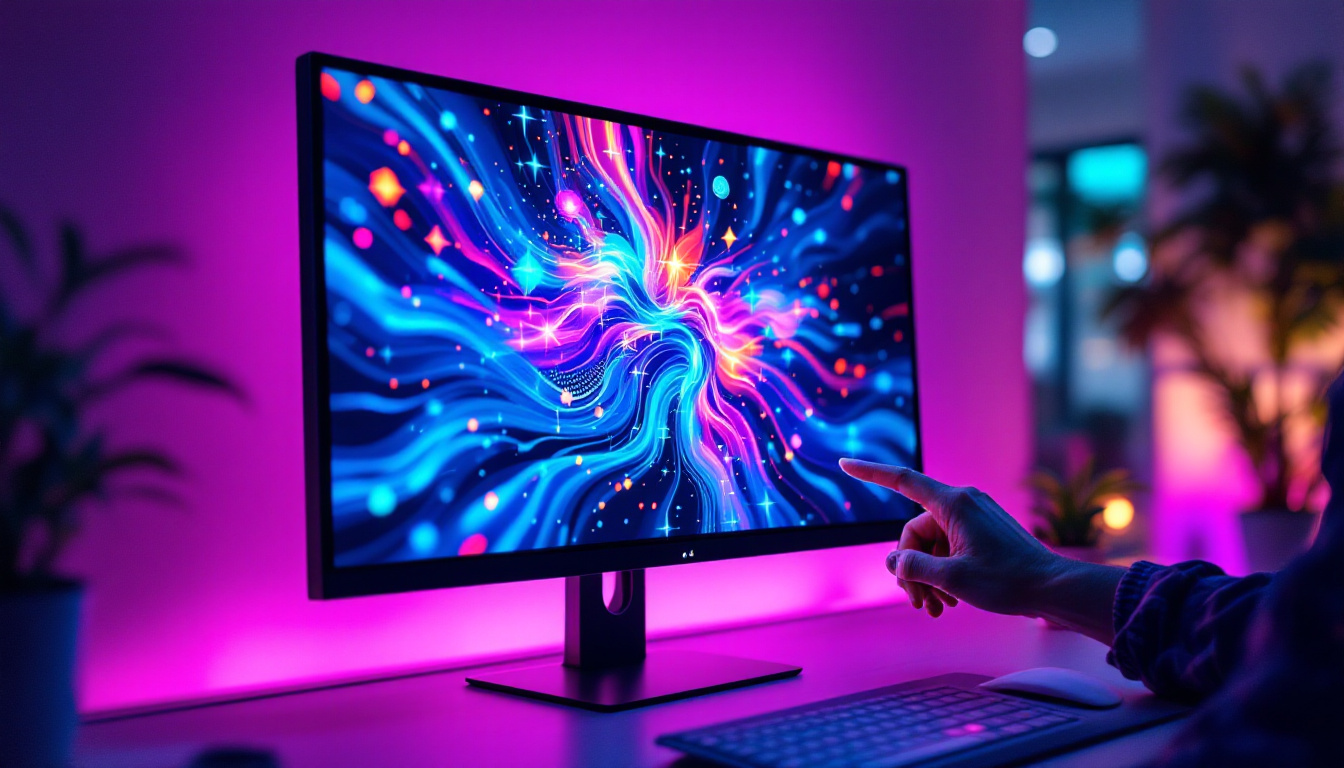Touch Screen TV With Pen: LED Display Explained
In recent years, the evolution of television technology has taken a significant leap forward, introducing features that enhance user interaction and viewing experiences. Among these innovations is the touch screen TV, particularly those that come with a stylus or pen. These devices not only offer traditional viewing capabilities but also allow users to engage with content in a more interactive manner. This article delves into the intricacies of touch screen TVs with pen functionality, focusing on LED display technology and its implications for users.
Understanding Touch Screen Technology
Touch screen technology has transformed the way users interact with devices, making it possible to control functions with a simple tap or swipe. This technology is particularly beneficial in a home entertainment setting, where ease of use and interactivity can significantly enhance the viewing experience. The intuitive nature of touch screens allows users of all ages to engage with technology seamlessly, breaking down barriers that often accompany more traditional interfaces.
Types of Touch Screen Technologies
There are several types of touch screen technologies available, each with its unique characteristics. The most common types include resistive, capacitive, and infrared touch screens. Understanding these differences can help consumers make informed decisions when selecting devices that best suit their needs.
Resistive touch screens are composed of multiple layers that detect pressure. When the screen is pressed, the layers make contact, registering the input. This technology is often less expensive but can be less responsive than other types. However, resistive screens are known for their durability and can be used with various input methods, including styluses and gloved hands, making them versatile for different environments.
Capacitive touch screens, on the other hand, rely on the electrical properties of the human body. These screens are more responsive and can detect multiple touch points, making them ideal for more complex interactions. Their ability to support multi-touch gestures, such as pinch-to-zoom, has revolutionized the way users interact with applications and media. Infrared touch screens use light sensors to detect touch, providing a durable option that can withstand heavy use. This technology is often found in public kiosks and interactive displays, where robustness and longevity are essential.
Benefits of Touch Screen TVs
Touch screen TVs offer several advantages over traditional models. One of the most significant benefits is the ability to interact directly with the screen, allowing for a more immersive experience. Users can navigate menus, select content, and even draw or write notes directly on the screen. This level of interactivity not only makes the viewing experience more engaging but also allows for personalized content curation, as users can quickly access their favorite shows or movies with just a tap.
Additionally, touch screen TVs can facilitate collaborative activities, making them ideal for family gatherings or educational settings. Multiple users can engage with the content simultaneously, fostering a shared experience that traditional remote-controlled TVs cannot provide. This capability can be particularly beneficial in educational environments, where teachers can use the screen for interactive lessons, enabling students to participate actively. Furthermore, the integration of touch screen technology into smart TVs often includes voice recognition and gesture control, further enhancing user interaction and making it easier to navigate through vast libraries of content without the need for a remote control.
LED Display Technology: An Overview
LED (Light Emitting Diode) display technology has become the standard for modern televisions due to its superior picture quality and energy efficiency. Understanding how LED displays work is crucial for appreciating the capabilities of touch screen TVs.
How LED Displays Function
LED displays utilize a backlighting system composed of numerous tiny LED lights. These lights illuminate the screen, producing vibrant colors and deep contrasts. The technology can be further divided into two categories: edge-lit and full-array. Edge-lit displays have LEDs positioned along the edges, while full-array displays have a grid of LEDs behind the screen, allowing for more precise control over brightness and contrast.
One of the standout features of LED displays is their ability to produce high dynamic range (HDR) content. HDR enhances the contrast and color range of images, resulting in a more lifelike viewing experience. This feature is particularly beneficial for users who enjoy watching movies or playing video games, as it brings out the finer details in dark and bright scenes alike.
Comparing LED to Other Display Technologies
While LED displays are widely popular, they are not the only option available. OLED (Organic Light Emitting Diode) and QLED (Quantum Dot Light Emitting Diode) are two other technologies that have garnered attention in recent years.
OLED displays offer superior color accuracy and contrast by using individual pixels that emit their own light. This allows for true blacks and a wider color gamut. However, OLEDs can be more expensive and may suffer from burn-in issues over time.
QLED displays, developed by some leading manufacturers, enhance LED technology with quantum dot technology. This results in brighter displays and improved color accuracy. While QLEDs can be more affordable than OLEDs, they may not achieve the same level of contrast.
Touch Screen TVs with Pen Functionality
The integration of pen functionality into touch screen TVs adds a new dimension to user interaction. This feature is particularly appealing for creative individuals and professionals who require precision in their work.
Applications of Pen Functionality
Touch screen TVs with pen capabilities can be used for a variety of applications. For artists and designers, the ability to draw or sketch directly on the screen can significantly enhance the creative process. Specialized software allows users to create digital artwork, edit photos, or even annotate documents seamlessly.
In educational settings, teachers can use the pen to highlight key points during presentations or to illustrate concepts in real-time. This interactive approach can enhance student engagement and understanding.
Choosing the Right Pen for Your Touch Screen TV
When selecting a touch screen TV with pen functionality, it’s essential to consider the type of pen that is compatible with the device. Some TVs come with a stylus included, while others may require a separate purchase.
It’s also important to look for features such as pressure sensitivity and tilt recognition. These features allow for a more natural drawing experience, mimicking the feel of traditional drawing tools. Users should also consider the ergonomics of the pen, as a comfortable grip can make a significant difference during extended use.
Enhancing Your Viewing Experience
Touch screen TVs with pen functionality not only offer interactive features but also enhance the overall viewing experience. By integrating these devices into a home entertainment setup, users can enjoy a more dynamic and engaging environment.
Smart Features and Connectivity
Most modern touch screen TVs come equipped with smart features, allowing users to access streaming services, browse the internet, and download apps directly from the TV. This connectivity can be further enhanced by using the pen for navigation, making it easier to search for content or interact with applications.
Additionally, many touch screen TVs support screen mirroring and casting, enabling users to share content from their smartphones or tablets directly to the TV. This feature can be particularly useful for presentations or sharing photos during gatherings.
Customizing Your Touch Screen Experience
Customization options are another significant advantage of touch screen TVs. Users can adjust settings such as brightness, contrast, and color profiles to suit their preferences. Moreover, many devices allow users to create personalized profiles, ensuring that each family member can tailor the TV settings to their liking.
For those who enjoy gaming, touch screen TVs can also enhance the gaming experience. With the ability to interact directly with the screen and use the pen for precise control, gamers can enjoy a more immersive and engaging experience.
Considerations When Purchasing a Touch Screen TV
While touch screen TVs with pen functionality offer numerous benefits, potential buyers should consider several factors before making a purchase. Understanding these elements can help ensure that the chosen device meets individual needs and preferences.
Screen Size and Resolution
Screen size and resolution are critical factors to consider when purchasing a touch screen TV. Larger screens provide a more immersive experience, while higher resolutions, such as 4K, ensure that images are sharp and detailed. Buyers should assess their viewing space to determine the optimal screen size and resolution for their needs.
Additionally, it’s essential to consider viewing distance. A larger screen may be necessary for larger rooms, while smaller screens may suffice in more compact spaces. Understanding the room layout can help guide this decision.
Budget Considerations
Touch screen TVs with pen functionality can vary significantly in price. Setting a budget before shopping can help narrow down options and prevent overspending. It’s essential to balance features and quality with budget constraints to find the best value.
While it may be tempting to opt for the cheapest option, investing in a higher-quality model can lead to a better overall experience and longevity. Buyers should consider warranties and customer support when making their decision, as these factors can impact long-term satisfaction.
Conclusion
Touch screen TVs with pen functionality represent a significant advancement in home entertainment technology. By combining interactive capabilities with high-quality LED display technology, these devices offer users a unique and engaging experience. Whether for creative pursuits, educational purposes, or simply enhancing the viewing experience, touch screen TVs with pen functionality are becoming increasingly popular.
When considering a purchase, it’s crucial to evaluate factors such as screen size, resolution, and budget to ensure that the chosen device meets individual needs. With the right touch screen TV, users can enjoy a more immersive and interactive viewing experience, transforming the way they engage with content.
As technology continues to evolve, the future of touch screen TVs looks promising, with even more innovative features on the horizon. Embracing these advancements can lead to a richer and more fulfilling entertainment experience.
Discover LumenMatrix’s Interactive LED Displays
Ready to elevate your home entertainment or professional space with the latest in touch screen technology? Explore LumenMatrix’s comprehensive range of LED display solutions, designed to bring your content to life with unparalleled clarity and interactivity. From captivating Indoor LED Wall Displays to dynamic Outdoor LED Wall Displays, and from versatile Vehicle LED Displays to innovative All-in-One LED Displays, LumenMatrix has the perfect option to suit your needs. Experience the future of visual engagement today and check out LumenMatrix LED Display Solutions to transform your viewing experience.




